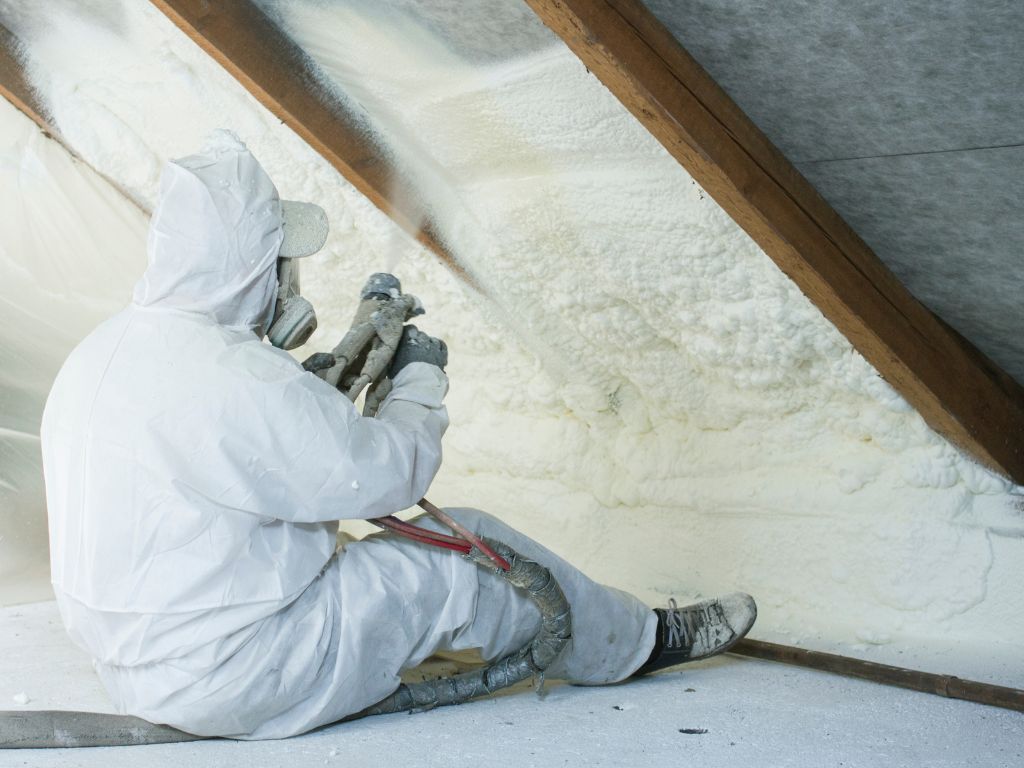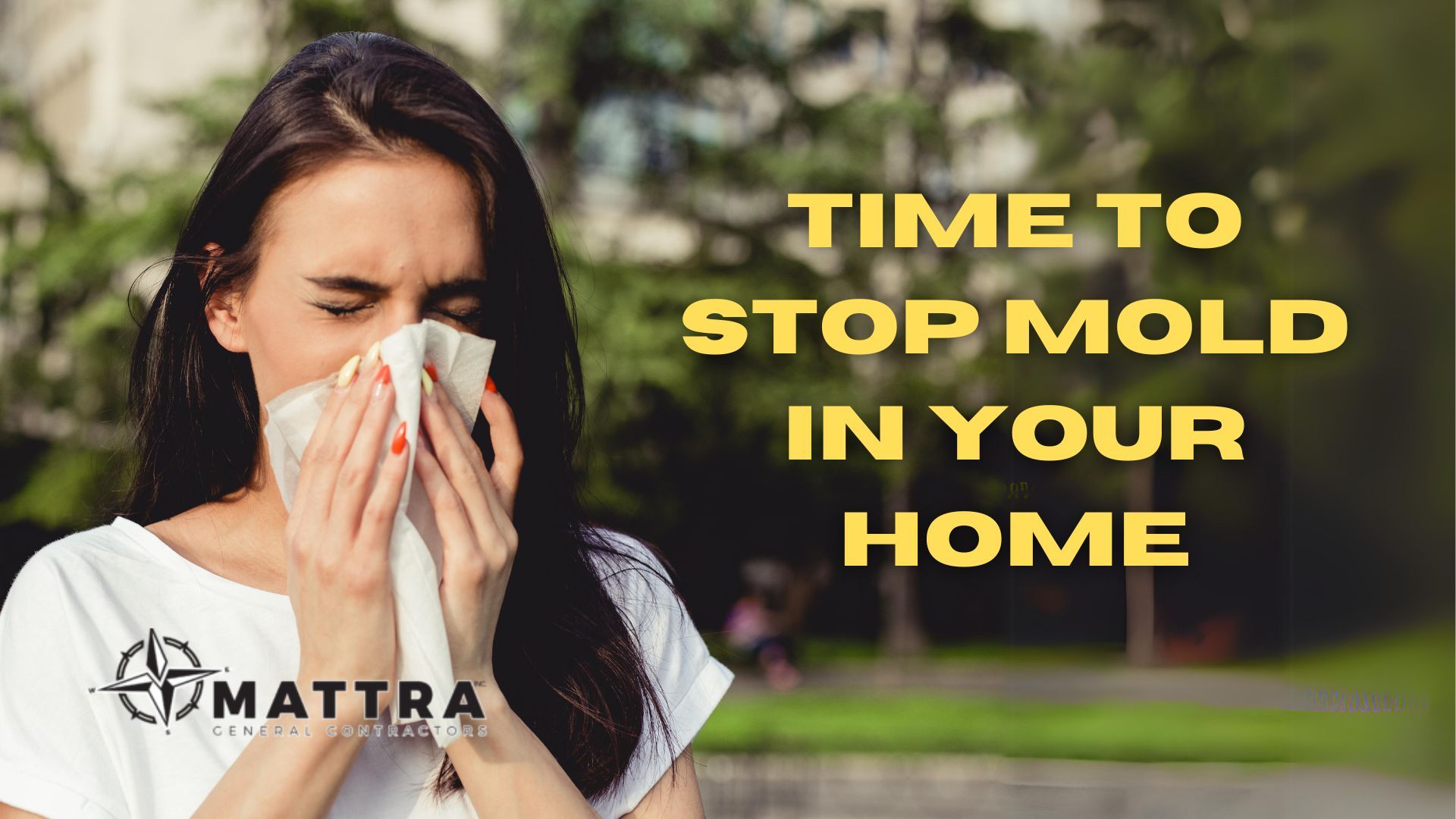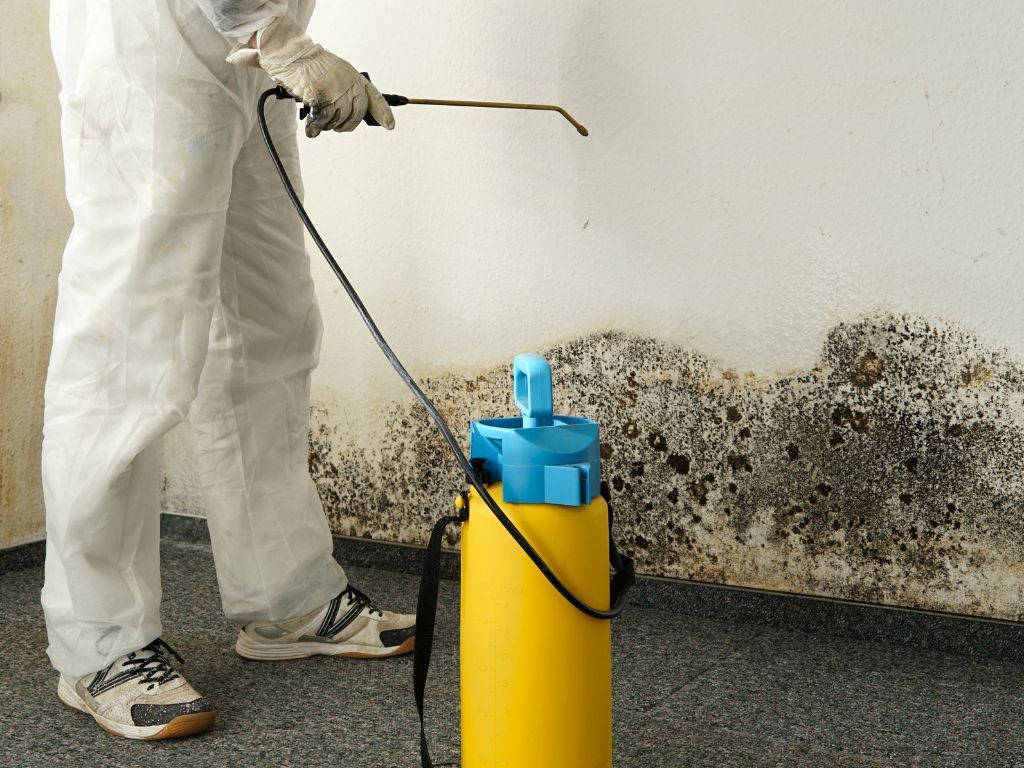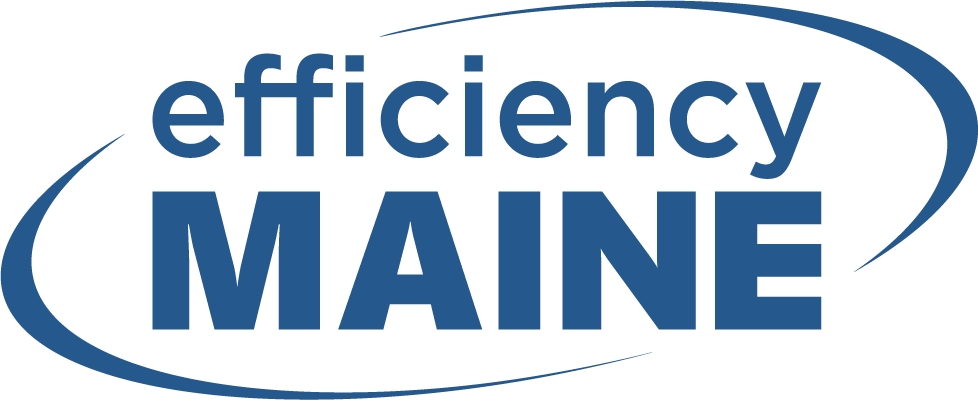-

Efficiency Maine Application
Start your application and get anywhere from 40% to 100% in Efficiency Maine rebates.
Start Your Efficiency Maine Application -

Spray Foam | Blown-in Insulation Services
Schedule an estimate for spray foam or blown-in insulation. Efficiency Maine rebates available.
Learn More About Insulation Services -

Mold Remediation
Mattra Inc. can test for mold, identify the mold and remediate. Efficiency Maine rebates for mold may apply.
Learn More About Mold Remediation Services
EFFICIENCY MAINE REBATE PROGRAMS FOR HOMEOWNERS

Efficiency Maine, Registered Vendor
We want to help you take control of your energy bills and stay comfortable at home. With our insulation rebates for Maine residents, you can lower your energy costs and improve the comfort of your home with rebates up to $10,000.
Efficiency Maine Insulation Rebate Program - Get Started
Get Started
We will get back to you as soon as possible.
Please try again later.
Meet Your Mattra Inc. Insulation Contractors

About Mattra Inc.
We're committed to providing the best solutions to your home or business needs by listening to your concerns and offering solutions that will meet your needs. We're here to help you get the most out of your investment in your home or business.
Why Should You Choose Mattra Inc For Insulation Installation, Mold Remediation, and/or Air Sealing?
Loyalty
We've been servicing Maine for over 25 years because we never take our customer for granted.
Integrity
We have a simple way to show integrity. We do what we say we are going to do.
Communication
We keep you informed throughout the project. Whether you need to know or want to know, you will the progression of your project.
Efficiency Main Rebates Are Available To Most Residents
However, Efficiency Maine Rebates & Government Funds Are Limited!
Our services
Insulation, Air Sealing & Mold
Insulation Services & Maine Rebates
Save money on your energy bills with our insulation services and rebates.
Air Sealing & Weatherizing
Air sealing is the process of completely stopping air leaks from your home. In addition to helping you save energy and money, it also helps keep moisture away.
Mold Remediation Services
Our mold removal experts can identify where the mold is coming from and how to get it out of your home.
Rebates, Financing & Discounts
We want to make it easy for you to get the most out of your home insulation projects. We help with rebates, financing, and offer discounts.
John and the Mattra team were amazing! They were very professional and their pricing was great. They quoted way less for mold remediation and roof venting than other companies and did an excellent and efficient job. Definitely would recommend!
Learn More About Government Programs, services and products For Maine Homeowners




USEFUL LINKS
STAY INFORMED
Learn about new government programs as money is made available to you!
You need a helping hand with your project?
We will get back to you as soon as possible
Please try again later
All Rights Reserved | Mattra Inc.











